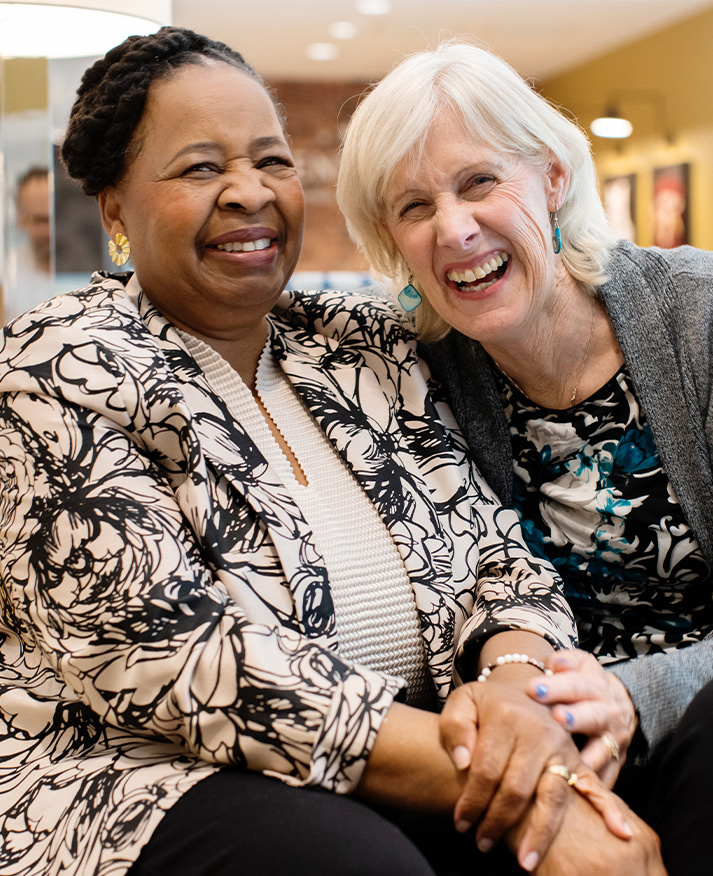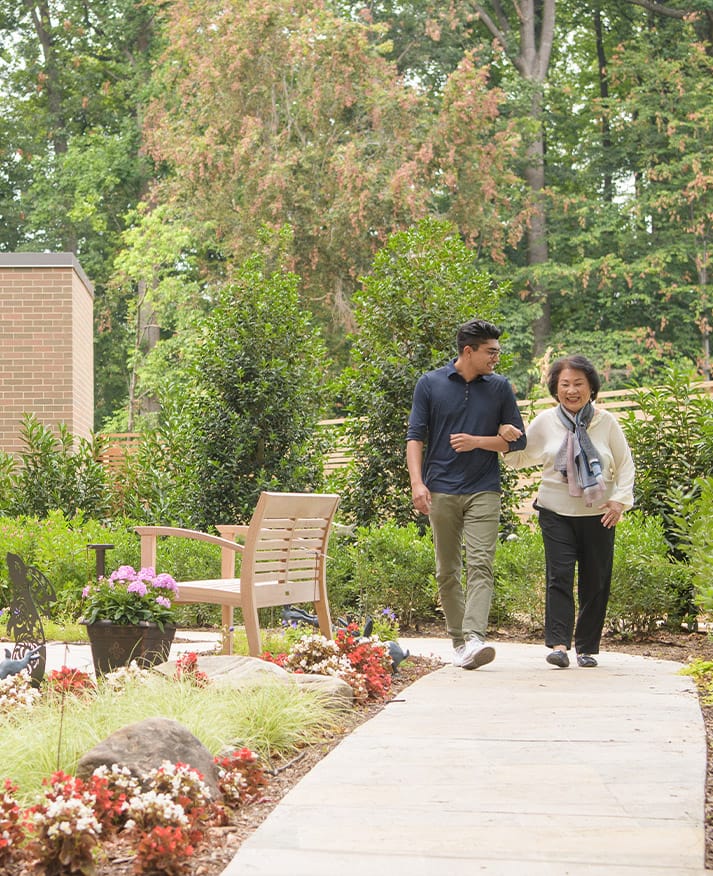The Cost of Aging in Place vs. Moving to a Community
Uncover the differences between aging in place and senior living.
Deciding between living at home or transitioning to a senior living community is a significant choice many face as they plan for their golden years. While aging in place might seem more economical at first glance, a deeper dive into both scenarios can reveal a different perspective on what's genuinely cost-effective and beneficial in the long run.
Understanding What Aging in Place Means
Aging in place refers to someone staying in their own home as they grow older, making adjustments as necessary to accommodate changing mobility and health needs. The goal is to maintain independence and comfort, regardless of age or health status. That might sound ideal, but it comes with hidden costs and challenges. Some of these potential challenges include the following:
- Home Modifications: Adapting a home to be more accessible can be costly. Modifications include installing ramps, stair lifts, walk-in showers, and wider doorways. These changes ensure safety but can quickly become a financial burden.
- In-Home Care Costs: Regular caregiver assistance for daily tasks like bathing, cooking, and medication management can be expensive, especially if escalating to full-time care.
- Maintenance and Upkeep: Owning a home means ongoing maintenance. As mobility decreases, tasks like lawn care, house cleaning, and repairs will likely require hired help.
Benefits of Moving to a Community
On the flip side, senior living communities offer amenities and services that may be more economically sensible when considering the comprehensive value provided:
- All-Inclusive Lifestyle: Senior communities often offer packages that include dining, maintenance, housekeeping, and utilities, eliminating multiple separate bills.
- Built-In Care and Assistance: Communities provide varying levels of care tailored to meet residents' needs over time, from minimal help to more intensive memory or medical care.
- Social and Recreational Opportunities: Living alone can lead to social isolation, but senior communities are designed to foster interaction and active lifestyles with clubs, classes, and events.
Comparing Costs
When comparing the costs, consider not only the immediate expenses but also the long-term financial implications:
- Predictability: Senior living communities often have predictable monthly costs, including expenses that are otherwise separate when living at home.
- Value of Services: Evaluate the value of comprehensive care, convenience, and amenities provided by a community versus the cumulative costs of aging in place, including potential future home care services.
Making an Informed Decision
Choosing the best option involves assessing not just financial costs but also quality of life, potential health needs, and personal preferences for social engagement. Here are some steps to help make an informed decision:
- Assess Current and Future Needs: Consider health, mobility, and social needs both now and in the future.
- Visit Communities: Experience firsthand what senior living communities have to offer. Many senior living communities allow prospective residents to participate in activities and spend a day or more on-site.
- Consult Financial Advisors: Discuss your financial situation with professionals who can help analyze the costs and benefits of each option.
Choosing Your Path Forward
In the journey of aging gracefully, the decision between staying at home or transitioning to a senior living community is about more than just costs—it's about choosing a lifestyle that amplifies your joy and well-being in the years to come. Senior living communities like Watermark offer not just a place to live, but a vibrant environment where every day brings new opportunities for connection, enrichment, and carefree living.
By weighing the comprehensive benefits and considering your long-term needs, you can make a choice that suits your financial situation and significantly enhances your quality of life. Embrace the future confidently, knowing that the right senior living community can turn everyday living into an extraordinary experience.


